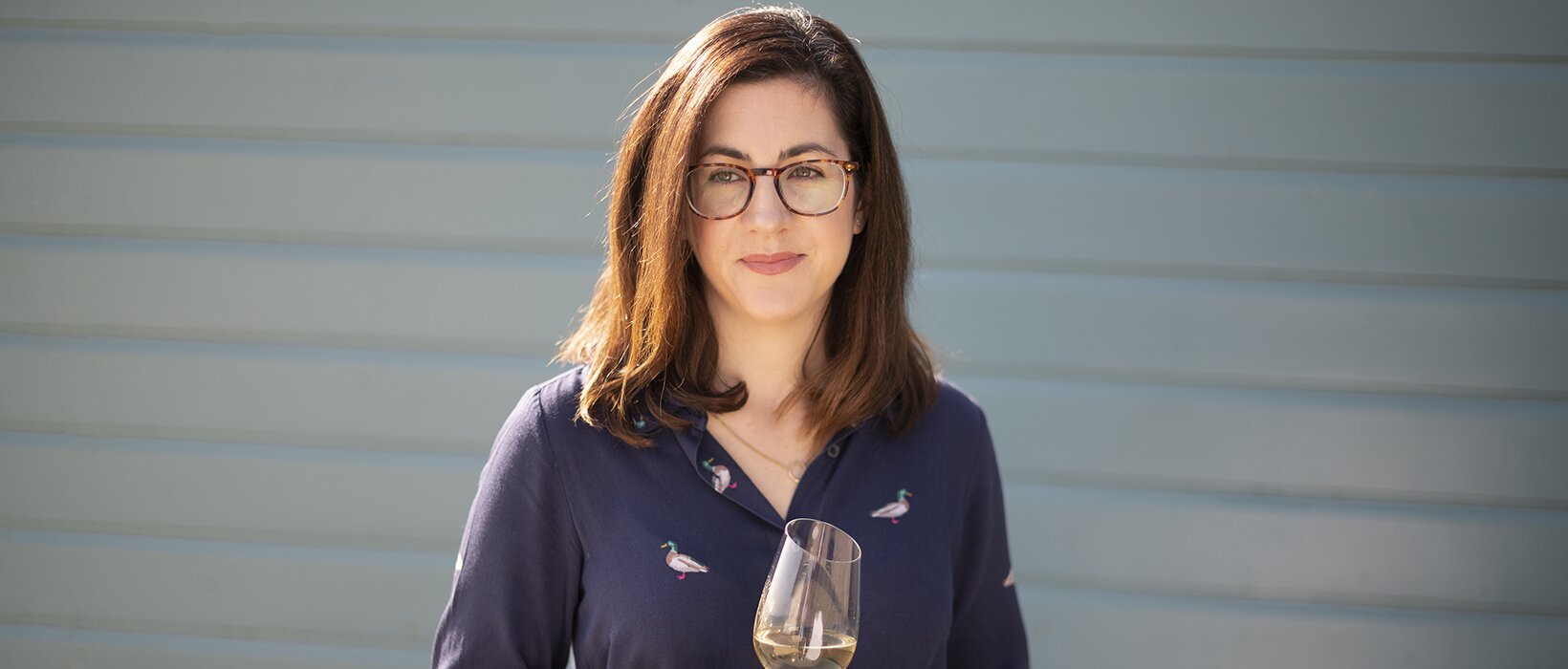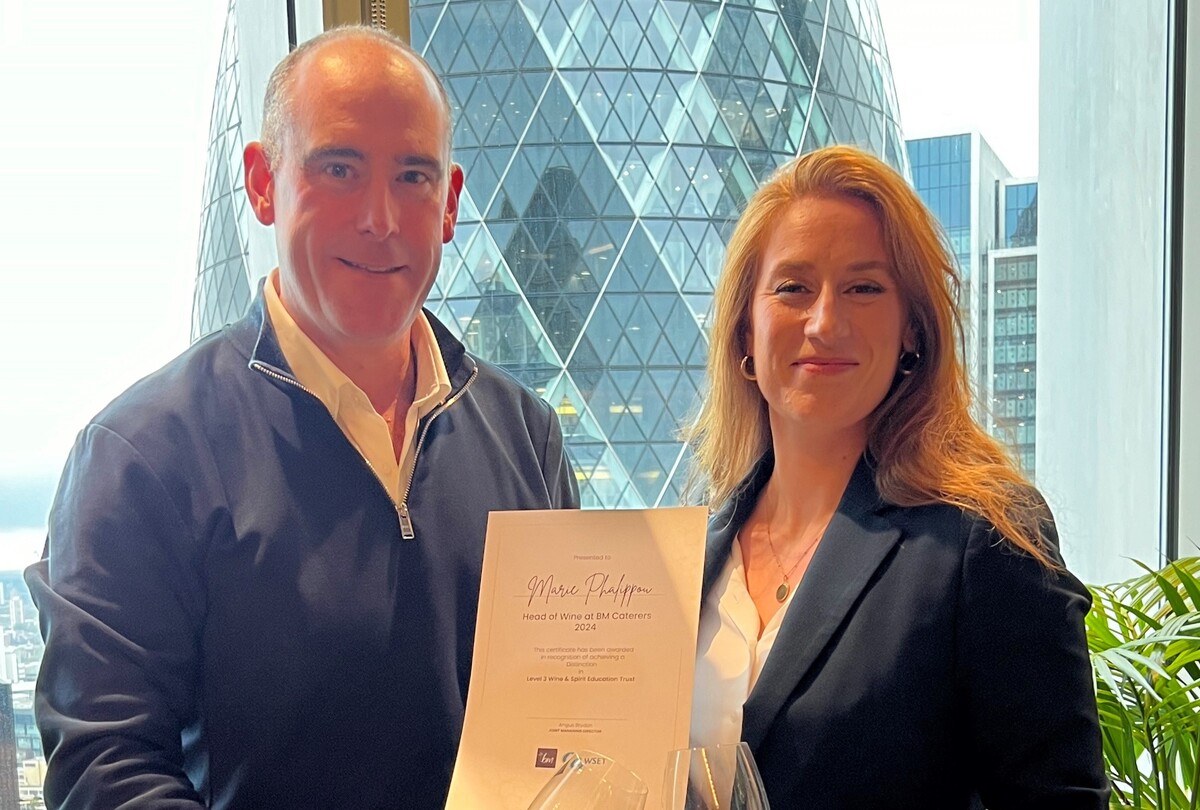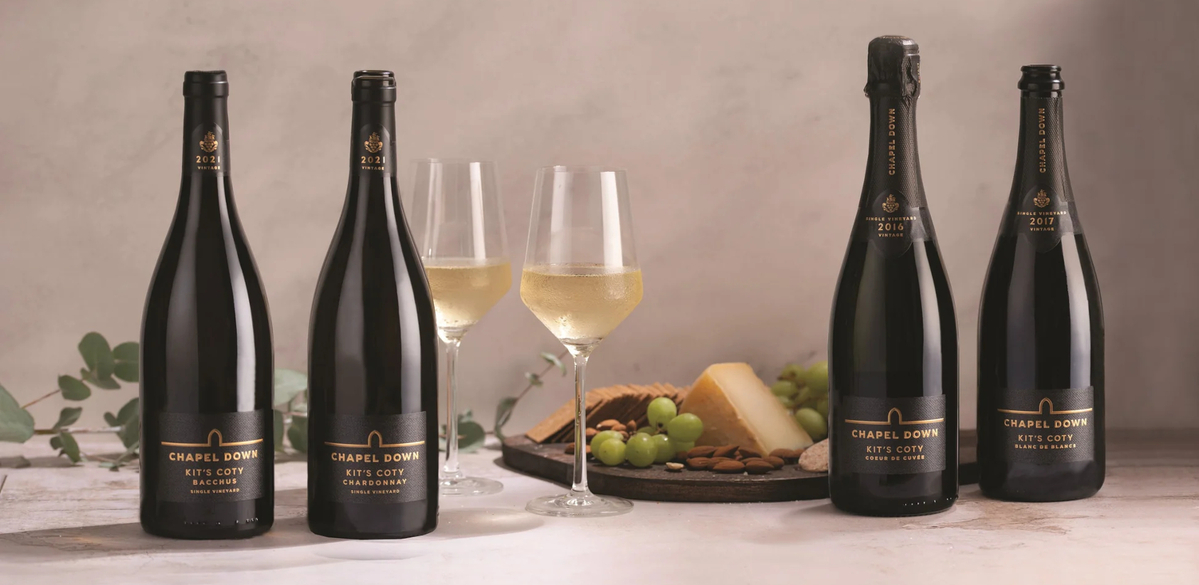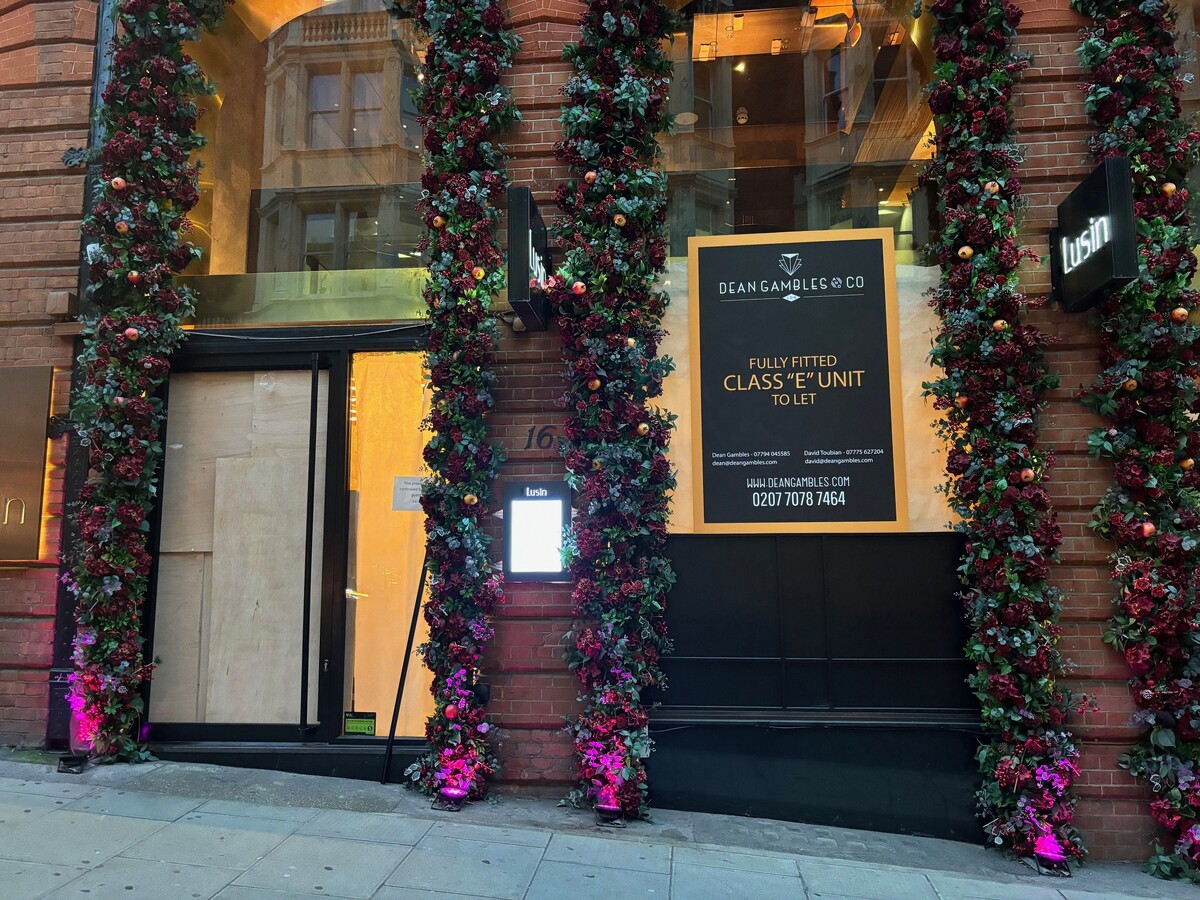Raise a glass with Lydia Harrowven, head of wine at Adnams
Lydia Harrowven, head of wine at Adnams, talks about the impact of rising costs, global warming and supply chain issues on the wine industry
There is no doubt that significant world challenges are impacting the supply chain on a multitude of levels. From vineyards experiencing extreme weather to the global pandemic and Brexit, the wine industry is dealing with it all and more.
Of course, we all see that – but we all wonder how it will be seen by our customers. We try not to bore them with the cost of shipping doubling, the scarcity of glass bottles and the issues in cardboard supply – but it all affects the wines we can offer and when. In order to make some way of mitigating the impact, we are continually looking to source wine in alternative, sustainable packaging and have seen customers readily accept our new in-store return/refill systems as just one example.
However, the most significant impact to customers is no doubt the cost of wine, which is invariably going only one way – up. The concern is always how customers will adjust to changes in the trading landscape. And the one thing we are increasingly seeing is the openness and increasingly accepting nature of the average wine consumer. People seem more open to alternative varieties, regions and countries than ever. A good example is the recent large-scale reduction in availability of Marlborough Sauvignon Blanc. Through our own customer base, we have seen the acceptance of alternatives and the shift in volume through other countries, such as South African Sauvignon Blanc. While there is still demand for traditional New Zealand wines, there is also an acceptance of paying more for what is available and a widespread understanding customer reaction to this shift.
With costs going up, it is always difficult to pass this onto customers, especially when price increases are not just limited to the wine industry. With the rate of inflation rising to its highest level in almost 30 years, cost increases are rife and certain wine categories will no doubt be pushed slowly down the priority list when shopping for weekly ‘essentials’.
Such rises push wine into an increasingly exclusive marketplace, reserved for those who can easily justify the spend. The ‘drink less but better’ trend is one we have all seen develop over the past five years or more, and this will only be solidified, whether through conscious consumer choice or hands forced. The need for wine retailers to refine their range is increasingly vital for business performance and the need for customers to be guided in their choices, branching out to try something new is vitally important.

















